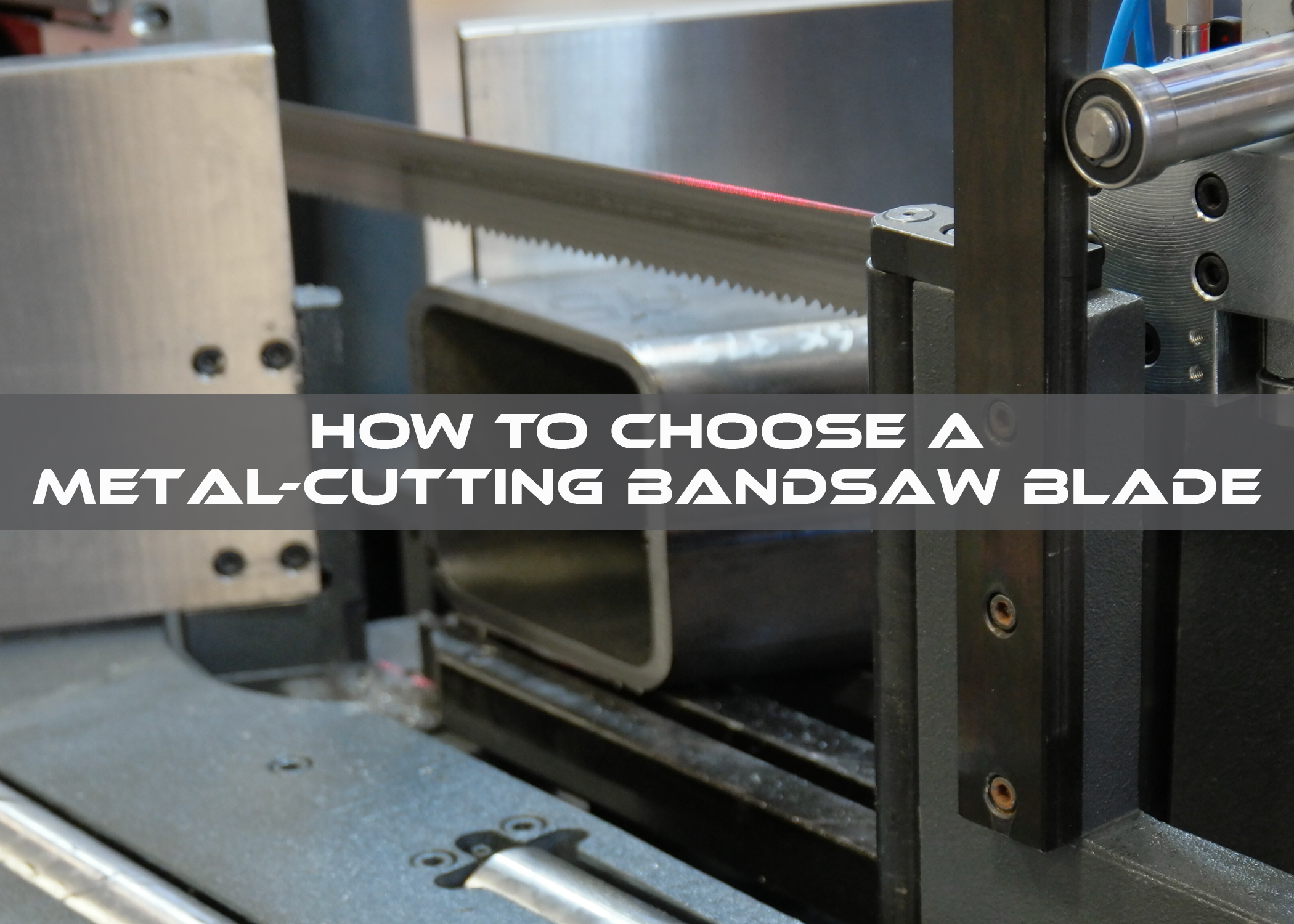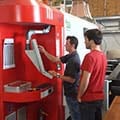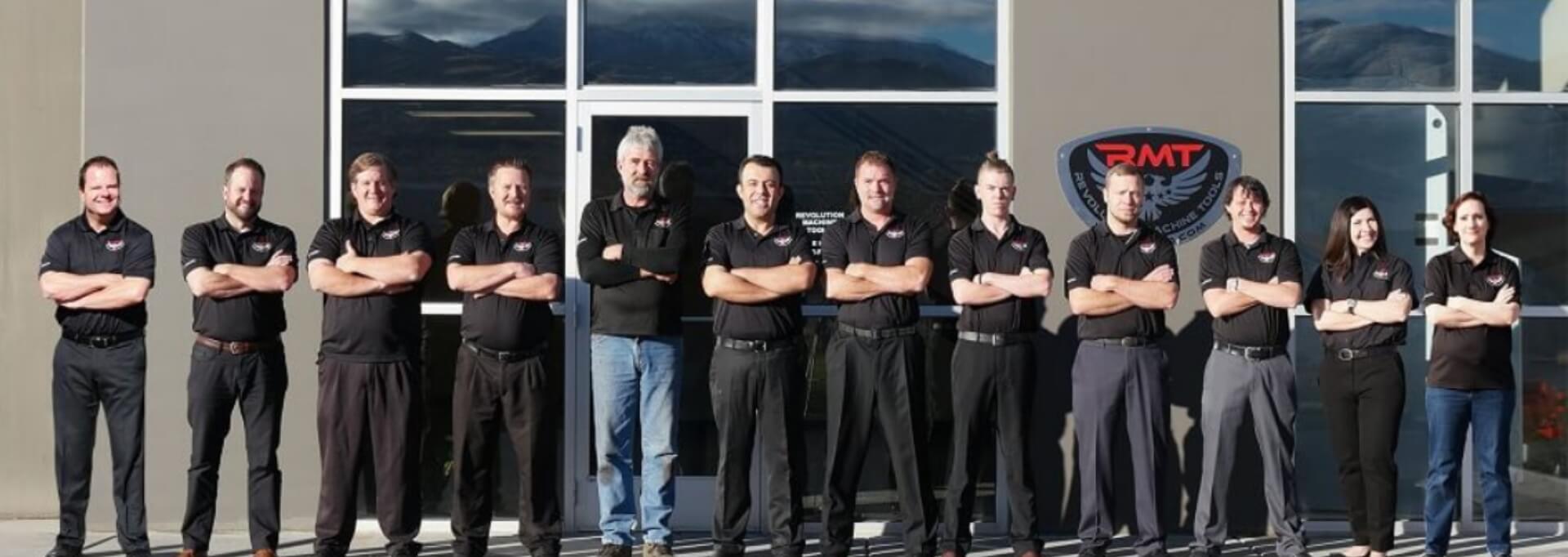Bandsaws are essential tools in metal fabrication, known for their ability to produce accurate and consistent cuts across a variety of metal types. However, the quality of the cut and the overall efficiency of the operation depend heavily on the choice of blade. Selecting the right bandsaw blade is crucial for optimal performance, and this decision involves understanding the different blade types specifically engineered for metal cutting and the factors that determine their suitability for specific applications.
Types of Bandsaw Blades for Cutting Metal
One of the most used blade types for metal cutting is the carbon steel blade. Made from high-carbon steel, these blades have hardened teeth with a flexible back and are typically used for softer, non-ferrous metals such as aluminum, brass, and copper. They are inexpensive and suitable for general-purpose or light-duty cutting. However, they wear quickly when used on harder metals, making them less ideal for frequent or heavy-duty use.
For more demanding applications, bi-metal blades are the preferred choice. These blades are constructed by bonding high-speed steel teeth to a flexible alloy steel back, combining strength and flexibility. Bi-metal blades are highly versatile and capable of cutting both ferrous and non-ferrous metals, including stainless steel, tool steel, and structural steel. They are commonly used in production environments due to their durability and resistance to heat and wear. While they are more expensive than carbon steel blades, their extended lifespan and performance often justify the higher initial cost.
When dealing with extremely tough or abrasive materials, carbide-tipped blades offer a significant advantage. These blades have teeth made from tungsten carbide, which provides exceptional hardness and maintains sharpness even when cutting challenging alloys like Inconel, titanium, or hardened tool steels. Carbide blades are widely used in aerospace, automotive, and other high-precision industries. Though costly, they provide unmatched durability and cutting efficiency, especially in high-volume or heavy-duty applications.
Another specialized option is the diamond grit blade, which uses industrial-grade diamond particles instead of traditional teeth. These blades are particularly effective for cutting very hard, brittle, or abrasive materials such as ceramics, carbides, and composites. Diamond blades are mainly used in niche applications that require ultra-smooth cuts and resistance to extreme wear. Their use is limited due to the high cost and the specific materials they are designed to cut.
Tooth geometry also plays a crucial role in determining the effectiveness of a bandsaw blade. Regular tooth blades with uniform spacing are suitable for thinner materials and general-purpose use. Hook tooth blades have a deeper gullet and a more aggressive cutting angle, making them ideal for thicker or harder metals. Skip tooth blades, with their wider gullets, are useful when chip clearance is important. Additionally, variable pitch blades, which feature teeth of varying size and spacing, help reduce vibration and noise, extending the blade’s life and improving cut quality.
Key Criteria for Choosing a Bandsaw Blade
Selecting the right blade involves more than just material compatibility. Several other factors should influence the optimal choice, including:
- Blade Pitch (Teeth per Inch – TPI). TPI determines how many teeth engage the workpiece at any time. Low TPI (such as 3-6) is ideal for thicker stock. High TPI (such as 18-32) is better for thin material. Variable TPI helps with interrupted cuts or mixed material profiles. (Rule of thumb: Always have at least three teeth in contact with the material to prevent tooth damage.)
- Cutting Speed and Feed Rate. High-speed cutting with inadequate blade material can lead to premature wear. Bi-metal and carbide blades can handle higher speeds than carbon blades. For hard metals, slower speeds are often necessary to reduce heat and friction.
- Cut Quality Requirements. For precision cutting with minimal burrs and superior finish, finer tooth blades or carbide-tipped options are preferred. Coarser blades cut faster but leave a rougher finish.
- Production Volume and Budget. In high-production environments, bi-metal or carbide blades offer a better return on investment despite their higher cost due to reduced downtime and blade changes. For hobbyist or low-volume use, carbon steel may suffice.
- Machine Capability. Ensure the selected blade is compatible with your bandsaw’s speed, tension, and size constraints. Carbide blades, for instance, need machines capable of maintaining consistent feed pressure and blade tension.
Choosing the right bandsaw blade for cutting metal involves balancing performance, cost, and material-specific requirements. Carbon steel blades may work for soft metals and occasional use, but bi-metal blades strike the best balance for versatility and durability. For cutting extreme materials or high-volume operations, carbide or diamond grit blades are indispensable.
By understanding the strengths and limitations of each blade type—and aligning those with your cutting application—you can achieve cleaner cuts, extend blade life, and increase overall productivity. Investing in the right blade is ultimately an investment in the efficiency and quality of your metalworking projects.







